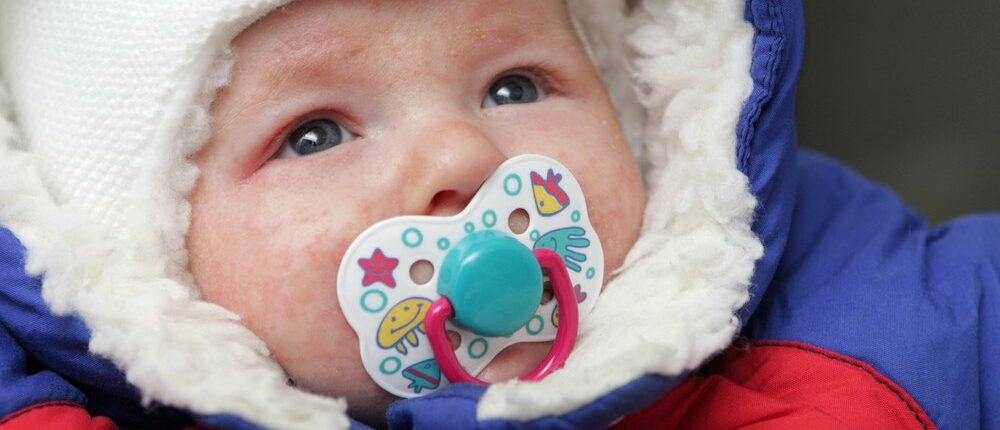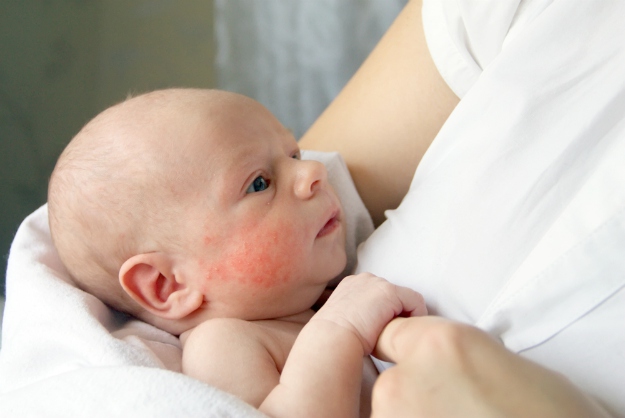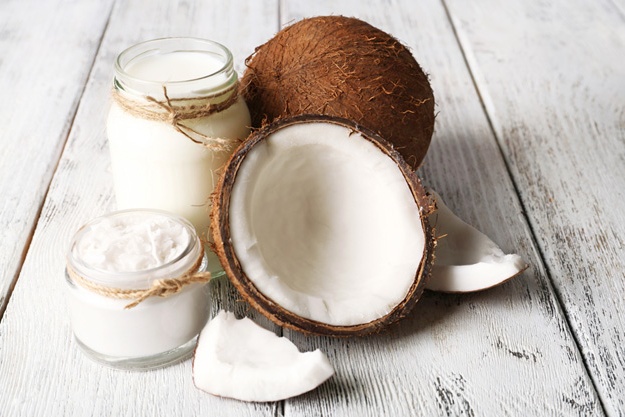

Toddler eczema can be one of the worst nightmares for any parent. It does not only cause the appearance of a rash. The skin can also be patchy, itchy, and inflamed or red. It can make even the sweetest children cry nonstop. On the upside, it is manageable and treatable. Learn more about baby eczema and how to take care of your little one’s skin, today.
Toddler Eczema | Understand the Disease and Its Treatments
In This Article:
What Is Toddler Eczema?
Toddler eczema is one of the most common skin conditions among children. Eczema, however, is a broad term. It describes any type of skin inflammation that results in itchiness, rashes, blotchiness, and sometimes pain. It is chronic. This depends on many factors including triggers. In many cases, children with eczema tend to experience fewer flare-ups as they grow older.
There are different kinds of eczema. These types include nummular eczema, contact dermatitis, atopic dermatitis, and seborrheic dermatitis.
Of all types, atopic eczema is perhaps the most common. It is characterized by an itchy rash and usually appears on the neck and face or cheeks.
This type of eczema has a genetic association, although there are also risk factors. For example, children born from parents with a history of hay fever, food allergy, and asthma may be more prone to develop it.
Other possible triggers include the following:
-
-
- Harsh laundry detergent, body, or hand soaps
- Overwashing of the skin
- Solvents or chemicals often found in cleaning products such as bleach
- Lower levels of humidity
- Pet hair or dander
- Creams, lotions, or perfumes
- Rough wool clothing
- Excessive sweating
- Excessive dust or other allergens in the home
- Mold and mildew
- Smoke
-
Common Eczema Symptoms

While the most common symptom toddlers will experience when they have eczema is itchy skin, they can also have a number of other symptoms such as:
-
-
- Small fluid-filled bumps or sores that may ooze
- Red or inflamed skin referred to as dermatitis
- Scaly or flaky skin
- Constant itching and scratching at the skin’s surface
- Constant dry skin
-
Diagnosing Toddler Eczema
Diagnosing toddler eczema means following certain steps. The first step is an investigation:
-
-
- The time the first symptoms developed, the pattern of symptoms, and how long they occur
- Types of interventions and treatments attempted
- The child’s diet and any recent changes to it
- Any family history of the condition
-
The doctor may also ask questions about the child’s environment such as:
-
-
- The types of soap and detergent used on the child’s clothes and during bathing
- Any history of food allergies or any other contact allergies
-
Next, the doctor will determine the severity of the condition before recommending treatment. Levels of toddler eczema can fall into the following categories:
-
-
- Mild Eczema – Mild eczema involves areas of red and dry skin with mild and infrequent itching.
- Moderate eczema – With moderate eczema, there will be frequent itching and redness with or without thickening of the skin.
- Severe eczema – In severe cases of eczema, there is constant itching of the skin, severe redness, skin thickening, bleeding, and oozing sores.
-
How to Care for and Treat Toddler Eczema
There are varying treatments for toddler eczema depending on the severity of the condition. Some levels respond to natural products while some cases may require prescribed medications. The child’s doctors will work together to help come up with the best treatment plan.
Some of the ways to minimize the symptoms and treat the condition include:
-
-
- Knowing and avoiding specific triggers – If food allergies are the problem, the problem food needs to be taken out of the child’s diet. This may require going through a process of elimination.
- Avoiding itchy fabrics – Even if the specific type of fabric is not a trigger, itchy materials can irritate the skin and worsen symptoms.
- Preventing scratching and itching – It may be hard for a child to understand, but scratching and itching will only make things worse. For cases where itching is hard to stop, you can bandage the affected area.
- Employing a bathing and moisturizing schedule – Toddler eczema is associated with the loss of moisture in the skin. This leads to dryness and increases the risk of inflammation. Keep a regular bathing routine using soap created for sensitive skin and make sure to properly moisturize after each bath.
- Running a humidifier during low-humidity seasons – Dry skin makes eczema worse. So keeping humidity levels in the home regulated is vital, especially during the drier months.
- Using ice packs to reduce itching and swelling – Cold packs can reduce a child’s need to itch, alleviate pain, and reduce redness and swelling.
- Prescribing medications and using over-the-counter topical treatments – In severe cases, a doctor may prescribe a topical cream to treat eczema such as a steroid cream.
- Watching for and treating any infections – Monitor all bumps, lesions, and abrasions on the skin and make sure they are not infected. Seek immediate treatment if an infection is present.
-
Natural Remedies for Eczema

There are also natural toddler eczema treatment options. These can include:
-
-
- Coconut Oil – Coconut oil acts as a protectant and creates a thin barrier layer holding in moisture, which can decrease eczema pain and itching.
- Sea Spray – A sea spray is a natural treatment used for eczema conditions where oozing is present. It is a combination of salt and magnesium spray that helps safely dry oozing sores.
- Fermented Cod Liver Oil – This is a daily supplement that helps the body get healthy fats. It promotes the reduction of inflammation and healthy cell development. This allows it to reduce inflammation associated with eczema while increasing the health of the skin cells.
-
Get more tips on toddler eczema from this episode by Prime Physique Nutrition:
While toddler eczema is an uncomfortable condition, rest easy knowing you can do many things to reduce the flare-ups, ease the pain, and help your child find relief.
Have you dealt with toddler eczema? What are your steps to treat it? Share your experiences below!
Up Next: The Eczema Friendly Diet | Anti Inflammatory Foods
